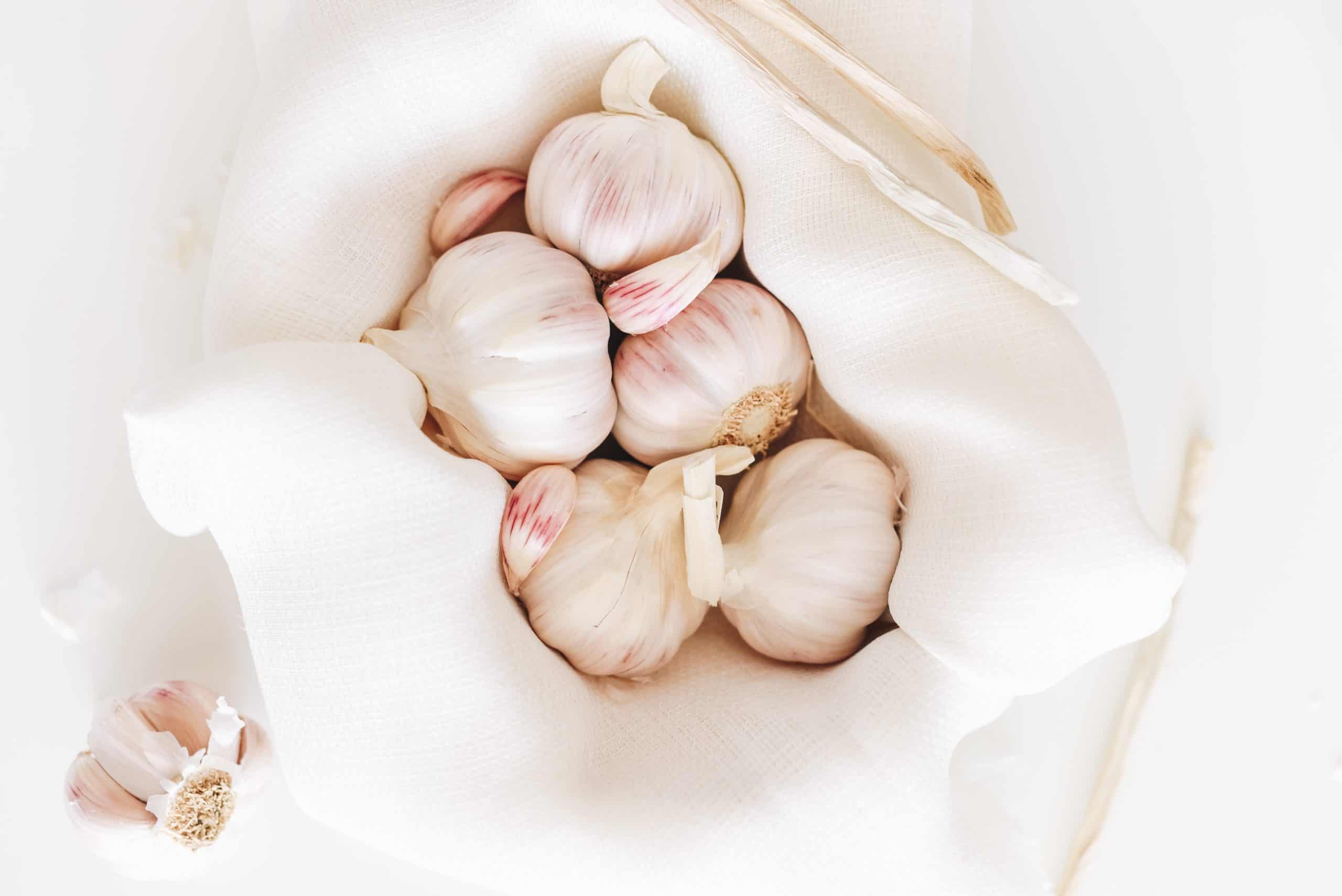

Articles
How To Store Garlic Bulbs
Modified: February 28, 2024
Discover the best way to store garlic bulbs and keep them fresh for longer with helpful articles and tips.
(Many of the links in this article redirect to a specific reviewed product. Your purchase of these products through affiliate links helps to generate commission for Storables.com, at no extra cost. Learn more)
Introduction
Welcome to this comprehensive guide on how to store garlic bulbs. Garlic is a versatile and flavorful ingredient that adds a distinct taste to various dishes. Whether you grow your own garlic or buy it from the store or local market, knowing how to properly store garlic is essential to keep it fresh for an extended period.
Storing garlic is a simple process, but it requires some attention to detail. By following the right techniques, you can ensure that your garlic bulbs remain flavorful and last for several months. In this article, we will explore the steps involved in storing garlic bulbs, from choosing the right bulbs to creating suitable storage conditions.
Properly stored garlic not only preserves its taste and aroma but also maintains its nutritional value. Garlic contains allicin, a compound known for its potential health benefits, including boosting the immune system and reducing the risk of certain diseases. So, by correctly storing garlic bulbs, you can ensure you have a ready supply of this amazing ingredient.
Whether you have a bountiful harvest from your garden or purchased a large quantity of garlic from the store, learning how to store garlic properly will prevent wastage and save you money.
In the following sections, we will cover everything you need to know about storing garlic bulbs, including selecting the right bulbs, harvesting and curing garlic, preparing it for storage, suitable storage conditions, different forms of storing garlic, signs of spoiled garlic to look out for, and tips for using stored garlic. Let’s dive in!
Key Takeaways:
- Master the art of storing garlic to preserve its flavor, aroma, and health benefits. Choose high-quality bulbs, create suitable storage conditions, and explore various forms of storage to enjoy fresh garlic year-round.
- Embrace the versatility of garlic by experimenting with different storage forms and usage tips. From whole bulbs to roasted garlic, maximize flavor and freshness while minimizing waste.
Read more: How To Store Garlic Bulb
Choosing the Right Garlic Bulbs
When it comes to storing garlic, the quality of the bulbs you choose plays a crucial role. Here are some tips for selecting the right garlic bulbs for storage:
1. Choose firm and plump bulbs: Look for garlic bulbs that are firm to the touch and have a plump appearance. Avoid bulbs that are soft or have any signs of mold or decay.
2. Select bulbs with tight, unbroken outer skin: The outer skin of the garlic should be intact and tightly wrapped around the cloves. Bulbs with loose or damaged skin are more prone to drying out or developing mold.
3. Consider the variety: There are various garlic varieties available, each with its own flavor profile and storage characteristics. Softneck garlic varieties tend to have a longer shelf life and are easier to braid. Hardneck garlic varieties have a stronger flavor and don’t store quite as long but are ideal for roasting. Choose the variety that best suits your culinary preferences and storage needs.
4. Opt for organic garlic: Whenever possible, choose organic garlic bulbs. Organic garlic is typically free from chemicals and pesticides, ensuring a healthier and more flavorful bulb.
5. Check for sprouting: Avoid garlic bulbs that have already started sprouting, as this indicates that they are past their prime and may not store well.
6. Consider the size: Garlic bulbs come in various sizes, ranging from small to jumbo. While larger bulbs may seem appealing, keep in mind that they tend to have a shorter storage life compared to smaller bulbs.
By choosing high-quality garlic bulbs, you lay the foundation for successful garlic storage. The freshness and condition of the bulbs will greatly impact how long they can be stored and how well they will retain their flavor.
In the next section, we will explore the process of harvesting garlic and preparing it for storage.
Harvesting Garlic
Knowing when to harvest garlic is essential to ensure optimal flavor and longevity during storage. Here are the steps to harvest garlic:
1. Timing: Garlic is typically ready for harvest when the lower leaves of the plant have begun to turn yellow and dry out. This usually occurs in late spring or early summer, depending on the variety and growing conditions.
2. Loosening the soil: Prior to harvesting, gently loosen the soil around the base of the garlic plant using a garden fork or shovel. Be careful not to damage the bulbs in the process.
3. Lifting the bulbs: Using a garden fork or shovel, carefully lift the garlic bulbs out of the ground. Make sure to dig deep enough to get the entire bulb without breaking or damaging it.
4. Cleaning: Once the bulbs are out of the ground, gently remove any excess soil clinging to them. Avoid washing the bulbs as moisture can promote mold growth during storage.
5. Trimming: Trim the roots of the garlic bulbs to about half an inch in length. Leave the stems intact as they help to improve airflow during the curing process.
6. Curing: Curing is an essential step in preparing garlic for storage. It allows the bulbs to dry out and facilitates the development of a protective skin that helps prevent mold growth. Place the garlic bulbs in a well-ventilated area with low humidity, such as a covered porch or a cool, dry room.
7. Drying duration: Garlic bulbs typically take two to three weeks to fully cure. During this time, the outer layers of the bulb will dry, and the necks will become firm and papery.
By harvesting garlic at the right time and following proper curing techniques, you can ensure that the bulbs are well-prepared for storage. In the next section, we will explore how to properly cure garlic bulbs.
Curing Garlic Bulbs
Curing garlic bulbs is a crucial step in the storage process as it helps to enhance their flavor, extend their shelf life, and create a protective skin. Here’s how to properly cure garlic bulbs:
1. Hanging method: One popular method for curing garlic is to hang the bulbs in a well-ventilated area. Take several garlic bulbs and loosely tie them together in bunches using twine or string. Hang the bunches in a cool, dry place with good air circulation. Make sure to space them apart to allow for better airflow.
2. Laying method: Another option is to lay the garlic bulbs on a drying rack or a mesh screen. Place the bulbs in a single layer, ensuring they are not touching each other. Position the drying rack or screen in a well-ventilated area with low humidity.
3. Ideal conditions: The curing process requires an environment with low humidity (around 60-70%) and temperatures between 70-80°F (21-27°C). Avoid areas with direct sunlight, as it can cause the bulbs to overheat and lose flavor.
4. Patience is key: Allow the garlic bulbs to cure for about two to three weeks. During this time, the outer layers of the bulbs will dry and harden, developing a protective skin. The necks of the bulbs will become firm and papery.
5. Monitor for mold or rot: Regularly check the garlic bulbs during the curing process for any signs of mold or rot. Remove any bulbs that show signs of damage to prevent the spread to other bulbs.
6. Trim and clean: After the curing process is complete, trim the roots and cut off the dried stems. Gently remove any loose or excess skin from the bulbs.
Properly cured garlic bulbs are ready for long-term storage. In the next section, we will discuss how to prepare garlic bulbs for storage to ensure their longevity and quality.
Preparing Garlic for Storage
Preparing garlic bulbs for storage involves a few important steps to ensure their longevity and quality. Here’s how to properly prepare garlic for storage:
1. Cleaning: Before storing garlic, it’s essential to clean off any excess dirt or debris from the bulbs. Gently brush off the outer layers or use a dry cloth to wipe away any soil. Avoid washing the bulbs as moisture can promote mold growth during storage.
2. Removing damaged cloves: Inspect each garlic bulb and remove any cloves that show signs of damage, such as mold, soft spots, or discoloration. Damaged cloves can affect the other cloves and lead to spoilage.
3. Sorting by size and variety: If you have different sizes or varieties of garlic bulbs, you may consider sorting them to ensure more efficient storage. Group bulbs of similar size and variety together, as they may have different storage requirements.
4. Trimming: Trim the stems and roots of the garlic bulbs, leaving about half an inch of stem and a quarter-inch of roots. Trimming helps to reduce the risk of mold growth and provides a neater appearance.
5. Optional peeling: Some people prefer to peel the garlic cloves before storing, while others prefer to keep them intact. If you choose to peel the cloves, be aware that peeled garlic may not store as well as unpeeled garlic. Consider your preference and storage conditions when deciding whether to peel or not.
6. Allow for airflow: Adequate airflow is crucial to prevent moisture buildup, which can lead to mold growth. Make sure to store garlic in a well-ventilated container, such as a mesh bag, a basket, or a clay garlic keeper.
7. Labeling: If you have different varieties of garlic or different storage dates, labeling your containers can help you keep track of the types and freshness of your garlic bulbs.
By following these steps, you can ensure that your garlic bulbs are properly prepared for storage. In the next section, we will explore the suitable storage conditions for garlic bulbs to maintain their quality and freshness.
Store garlic bulbs in a cool, dry place with good air circulation, such as a pantry or a mesh bag hung in a well-ventilated area. Avoid storing in the refrigerator, as it can cause the bulbs to sprout.
Read more: How To Store Fresh Garlic Bulbs
Suitable Storage Conditions
Creating the right storage conditions for garlic bulbs is essential to maintain their quality and freshness over an extended period. Here are the key factors to consider:
1. Temperature: Garlic bulbs prefer cool temperatures for storage. Ideally, they should be stored between 55-65°F (13-18°C). Avoid storing garlic in areas that are too warm, as it can promote sprouting and cause the bulbs to deteriorate more quickly.
2. Humidity: Garlic bulbs require moderate humidity levels for storage. Aim for a humidity range of 60-70%. Too much moisture can lead to mold growth, while low humidity can cause the garlic cloves to dry out. Choose a storage area with consistent humidity levels to ensure optimal conditions.
3. Darkness: Garlic bulbs should be stored in a dark or dimly lit area. Exposure to light can cause the bulbs to sprout prematurely and affect their flavor. Use opaque storage containers or cover the bulbs to protect them from light.
4. Ventilation: Proper airflow is essential to prevent moisture buildup and the growth of mold or bacteria. Avoid storing garlic bulbs in airtight containers, as they need to breathe. Instead, opt for breathable storage options like mesh bags, baskets, or clay garlic keepers.
5. Separate from other produce: Garlic has a strong aroma that can transfer to other fruits and vegetables, affecting their flavor. To prevent cross-contamination of odors, store garlic bulbs separately from other produce.
6. Avoid the refrigerator: While refrigeration can help extend the shelf life of garlic, it’s generally not recommended for long-term storage. Cold temperatures can cause the cloves to become rubbery and lose their flavor. If needed, refrigerate garlic only for short-term storage, up to a few weeks.
7. Check regularly: Periodically check your stored garlic bulbs for any signs of spoilage. Remove any bulbs that show mold, decay, or sprouting to prevent the problem from spreading to other bulbs.
By providing the right storage conditions, you can maximize the shelf life and flavor of your garlic bulbs. In the next section, we will explore different ways to store garlic in various forms to suit your preferences and culinary needs.
Storing Garlic in Different Forms
Garlic can be stored in various forms depending on your preferences and culinary needs. Here are different ways to store garlic:
1. Whole bulbs: Keeping garlic bulbs intact is one of the simplest ways to store them. Ensure the bulbs are properly cured and cleaned before storing. Place the bulbs in a cool, dry, and well-ventilated area, such as a mesh bag, a basket, or a clay garlic keeper. The outer papery skin will help protect the cloves and keep them fresh for an extended period.
2. Individual cloves: If you prefer to have readily available peeled garlic cloves, you can peel and store them individually. Place the peeled cloves in an airtight container or a small resealable bag. Keep them in the refrigerator for short-term storage or in the freezer for longer-term storage.
3. Garlic paste: Garlic paste is a convenient option for quick and easy cooking. To make garlic paste, peel and mince fresh garlic cloves. Add a small amount of salt to the minced garlic and mash it with the back of a spoon to form a paste. Transfer the paste into an airtight container and store it in the refrigerator. It will last for several weeks.
4. Roasted garlic: Roasting garlic enhances its flavor and creates a soft, spreadable texture. To store roasted garlic, remove the garlic cloves from the skins and place them in an airtight container. You can cover them with olive oil to help preserve their freshness. Store the container in the refrigerator and use within a week.
5. Garlic powder: If you have excess garlic or want to create a convenient pantry staple, you can make garlic powder. Peel and finely mince the garlic cloves, then spread them on a baking sheet. Dry the minced garlic in a low-temperature oven or a dehydrator until completely dry. Once dry, blend the garlic into a fine powder using a spice grinder or food processor. Store the garlic powder in an airtight container in a cool, dark place for several months.
6. Garlic-infused oil: Infusing oil with garlic creates a flavorful ingredient for cooking. However, it’s important to note that homemade garlic-infused oil can present a risk of botulism if not prepared and stored properly. Fresh garlic contains moisture that can promote the growth of harmful bacteria in the oil. It is recommended to use commercially prepared garlic-infused oils or make small batches for immediate use.
By choosing the storage form that best suits your needs, you can have garlic readily available for your culinary creations. In the next section, we will discuss the signs of spoiled garlic to help you identify when it’s time to discard stored bulbs.
Signs of Spoiled Garlic
While garlic is known for its long shelf life, it can still spoil under certain conditions. Here are a few signs to look out for to determine if your stored garlic has gone bad:
1. Mold: One of the most obvious signs of spoiled garlic is the presence of mold. If you notice any fuzzy or discolored patches on the garlic cloves or the outer skin, it indicates mold growth. Discard garlic bulbs that show signs of mold immediately, as it can spread to other bulbs.
2. Soft or mushy cloves: Fresh garlic cloves should have a firm texture. If you find cloves that feel soft, mushy, or slimy to the touch, it is a clear indication that they are spoiled. Soft cloves are often a result of fungal or bacterial growth, and they should be discarded.
3. Off odor: Garlic should have a pungent and distinct aroma. If you notice any unusual or foul smell coming from your stored garlic bulbs, it may indicate bacterial or fungal growth. Trust your sense of smell and if the garlic has an off odor, it is best to discard it.
4. Sprouting: While sprouting itself doesn’t necessarily mean that garlic is spoiled, it does indicate that the bulb is past its prime. Sprouting garlic may have a bitter taste and it is best to use it promptly rather than storing it for an extended period.
5. Discoloration: If you observe any significant discoloration, such as browning or dark spots, on the garlic cloves or the outer skin, it may suggest spoilage. Discolored garlic is likely to have deteriorated in quality and flavor, so it is advisable to discard it.
6. Unpleasant taste: Taste is a reliable indicator of garlic quality. If you detect any sour, bitter, or off flavors when biting into a garlic clove, it is a clear indication that it has spoiled. Trust your taste buds and discard any garlic with an unpleasant taste.
It’s important to regularly check your stored garlic bulbs for these signs of spoilage. Promptly removing any spoiled bulbs helps prevent the spread of mold or bacteria to the rest of your garlic stash.
In the final section, we will provide some helpful tips for using stored garlic while maintaining its freshness and flavor.
Tips for Using Stored Garlic
Stored garlic can still add fantastic flavor to your dishes, provided you follow these tips to maintain its freshness and taste:
1. Plan your usage: Before storing garlic, consider how much you typically use in your cooking. Take out the required amount of garlic from storage and leave the rest undisturbed. This will prevent unnecessary exposure to air and help maintain the quality of the remaining garlic.
2. Store in a cool, dark place: Keep your stored garlic away from heat sources and sunlight. Choose a cool, dark location, such as a pantry or cabinet, to maintain optimal conditions and prevent premature spoiling.
3. Use unpeeled garlic cloves: To maximize freshness, peel garlic cloves right before using them. The intact skin provides a natural barrier against moisture and helps maintain the flavorful oils inside the cloves.
4. Minimize exposure to air: Garlic cloves exposed to air can dry out and lose their flavor. When using stored garlic, seal any unused cloves tightly in an airtight container, or wrap them in plastic wrap, squeezing out as much air as possible.
5. Slice or mince freshly: For the best flavor, slice or mince garlic cloves right before using them in your recipes. Crushing or chopping garlic releases more of its pungent flavor compounds, enhancing the taste of your dishes.
6. Experiment with roasted garlic: If you enjoy the mellow sweetness of roasted garlic, try preparing a batch with your stored bulbs. Roasted garlic can be spread on bread, added to sauces, or mixed into dips for a delicious and versatile flavor addition.
7. Use in various forms: Stored garlic can be used in different forms, such as minced, crushed, or even as garlic powder. Experiment with these different forms to add depth of flavor to your dishes.
8. Revive dry cloves: If you have stored garlic cloves that have become slightly dry, you can rehydrate them by soaking them in a small amount of water or olive oil for a few minutes before use. This will help restore some of their moisture and plumpness.
9. Don’t forget about garlic scapes: If you’re growing garlic in your garden and have harvested garlic scapes, don’t discard them! Garlic scapes can be chopped and used like green onions or sautéed for a mild garlic flavor.
10. Explore garlic-infused dishes: Infuse your recipes with the flavor of garlic by using garlic-infused oils or making your own by gently heating garlic cloves in oil. This adds a lovely depth of flavor to sautés, marinades, and dressings.
By following these tips, you can make the most of your stored garlic and enjoy its wonderful flavor in your culinary creations. Remember that proper storage and usage practices will help preserve its freshness and aroma for as long as possible.
Now that you have learned how to store garlic bulbs effectively and make the most of your stored garlic, you can enjoy this versatile ingredient in your cooking throughout the year. Whether you prefer whole bulbs, peeled cloves, roasted garlic, or garlic-infused oil, there are various ways to store and use garlic to suit your culinary needs. So, go ahead and stock up on garlic, knowing that you have the knowledge to keep it fresh and flavorful!
If you have any further questions or need more information, feel free to ask. Happy cooking!
+
Read more: How To Store Garlic Bulbs For Planting
Conclusion
Properly storing garlic bulbs is essential to ensure their longevity, flavor, and nutritional value. By following the steps outlined in this guide, you can keep your garlic fresh and delicious for months to come.
Start by choosing high-quality garlic bulbs that are firm, plump, and free from damage. Harvest the garlic at the right time, cure it in a well-ventilated area, and trim and clean the bulbs before storage. Create suitable storage conditions with moderate temperature, humidity, and ventilation to prevent spoilage.
Consider storing garlic in different forms to match your cooking needs, whether it’s whole bulbs, individual cloves, garlic paste, roasted garlic, or garlic powder. Be sure to monitor your stored garlic for signs of spoilage, such as mold, soft cloves, or off odor, and promptly remove any affected bulbs.
When using stored garlic, plan your usage and minimize exposure to air to maintain freshness. Experiment with different forms of garlic and enjoy the wide range of flavors it offers. Revive dry cloves, use garlic scapes, and explore the world of garlic-infused dishes to add extra depth and complexity to your recipes.
By mastering the art of storing garlic bulbs, you’ll always have this aromatic and flavorful ingredient on hand to enhance your culinary creations.
So, whether you’re a garlic lover with a bountiful harvest from your garden or someone who enjoys the convenience of store-bought garlic, the knowledge and techniques shared in this guide will help you extend the shelf life and maximize the flavor of your garlic bulbs.
Remember, proper storage and usage practices are the keys to keeping your garlic bulbs fresh and preserving their incredible taste and health benefits. Now, armed with this information, you can confidently stock up on garlic and ensure that you always have this versatile ingredient at your fingertips.
Happy cooking and enjoy the flavorful world of garlic!
Frequently Asked Questions about How To Store Garlic Bulbs
Was this page helpful?
At Storables.com, we guarantee accurate and reliable information. Our content, validated by Expert Board Contributors, is crafted following stringent Editorial Policies. We're committed to providing you with well-researched, expert-backed insights for all your informational needs.
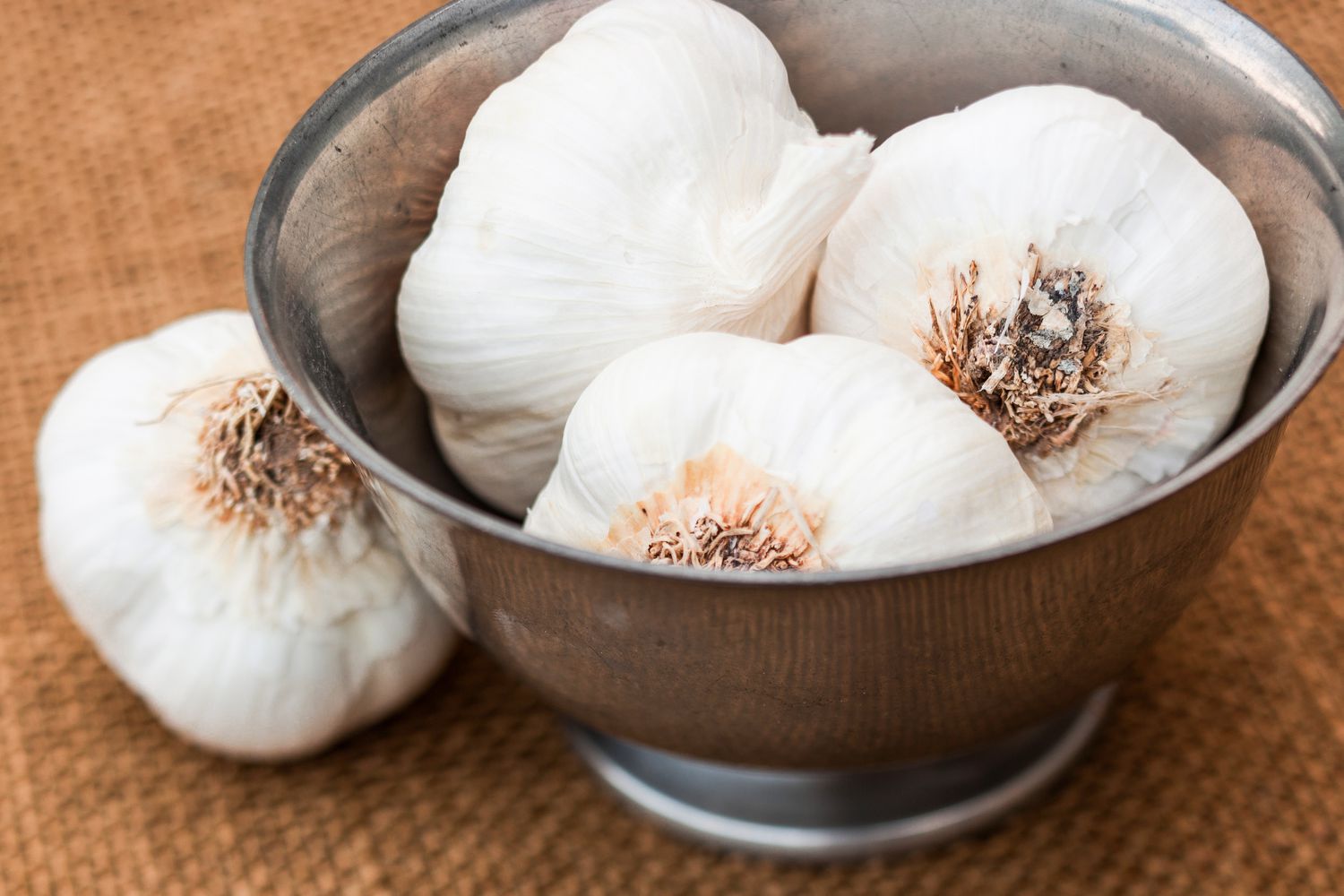
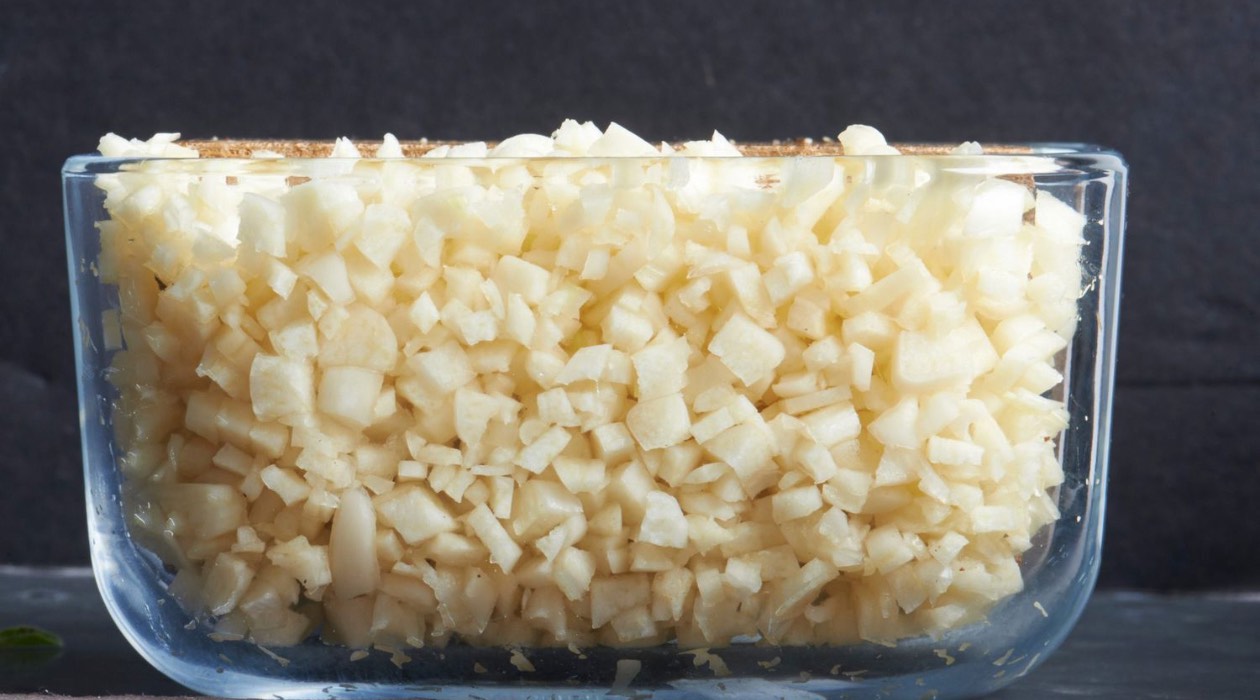
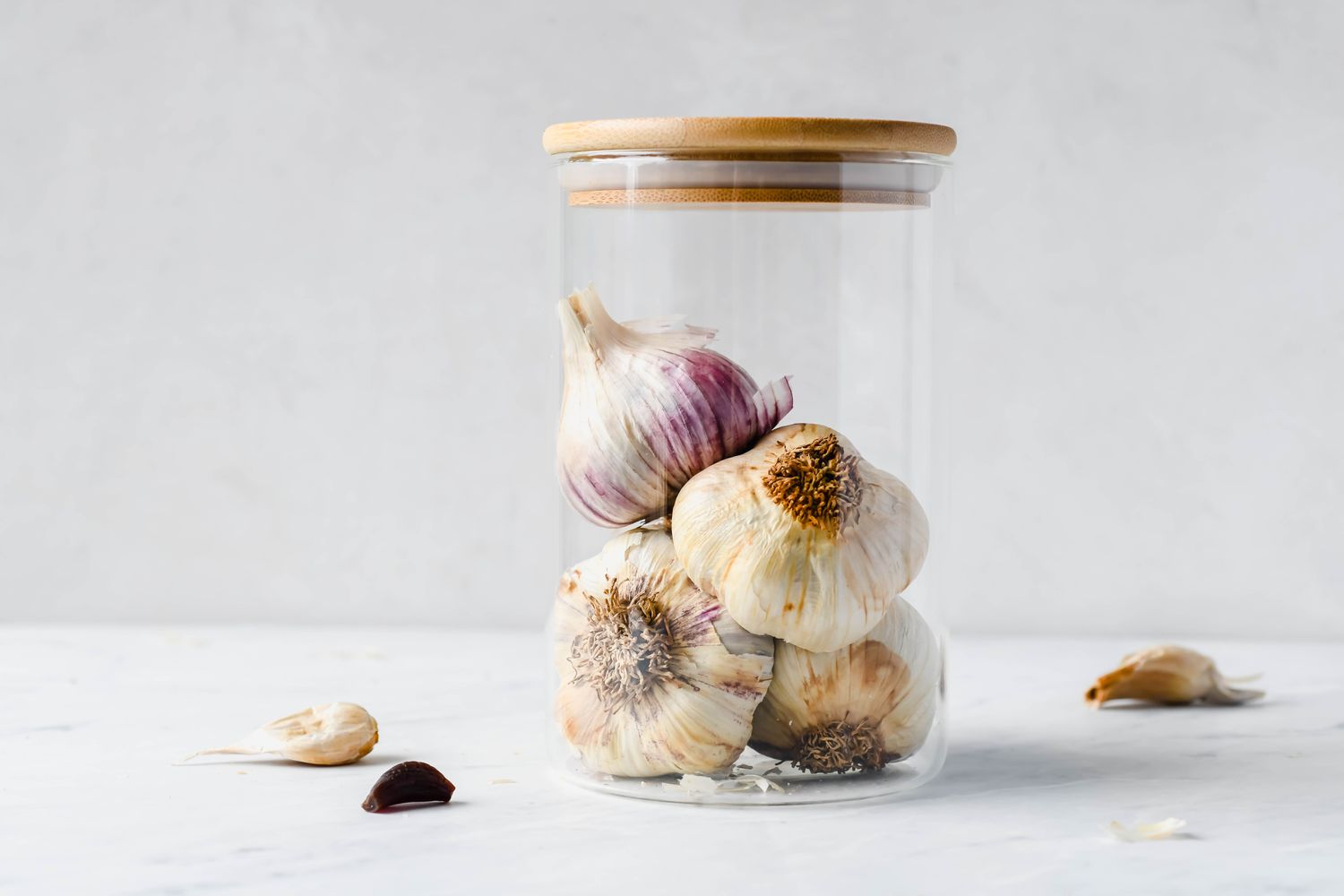
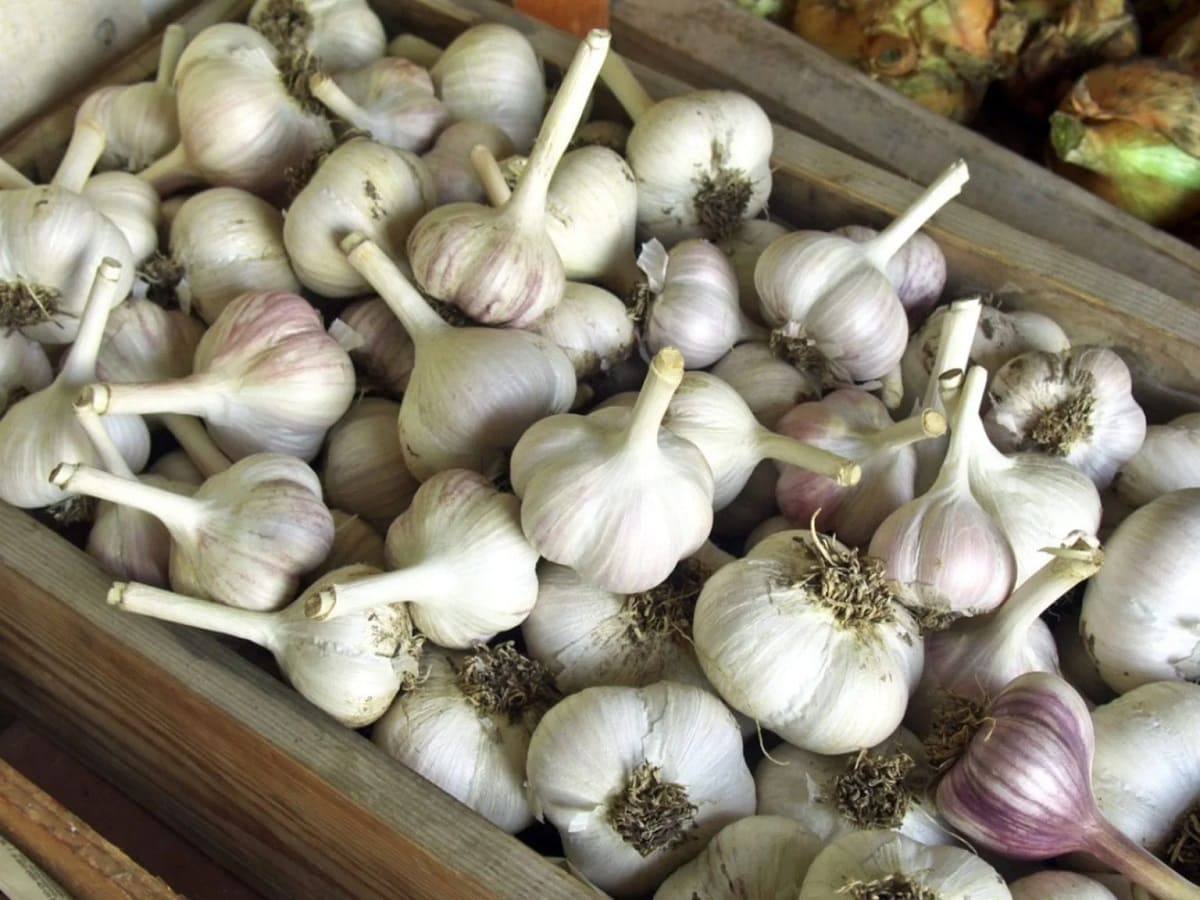
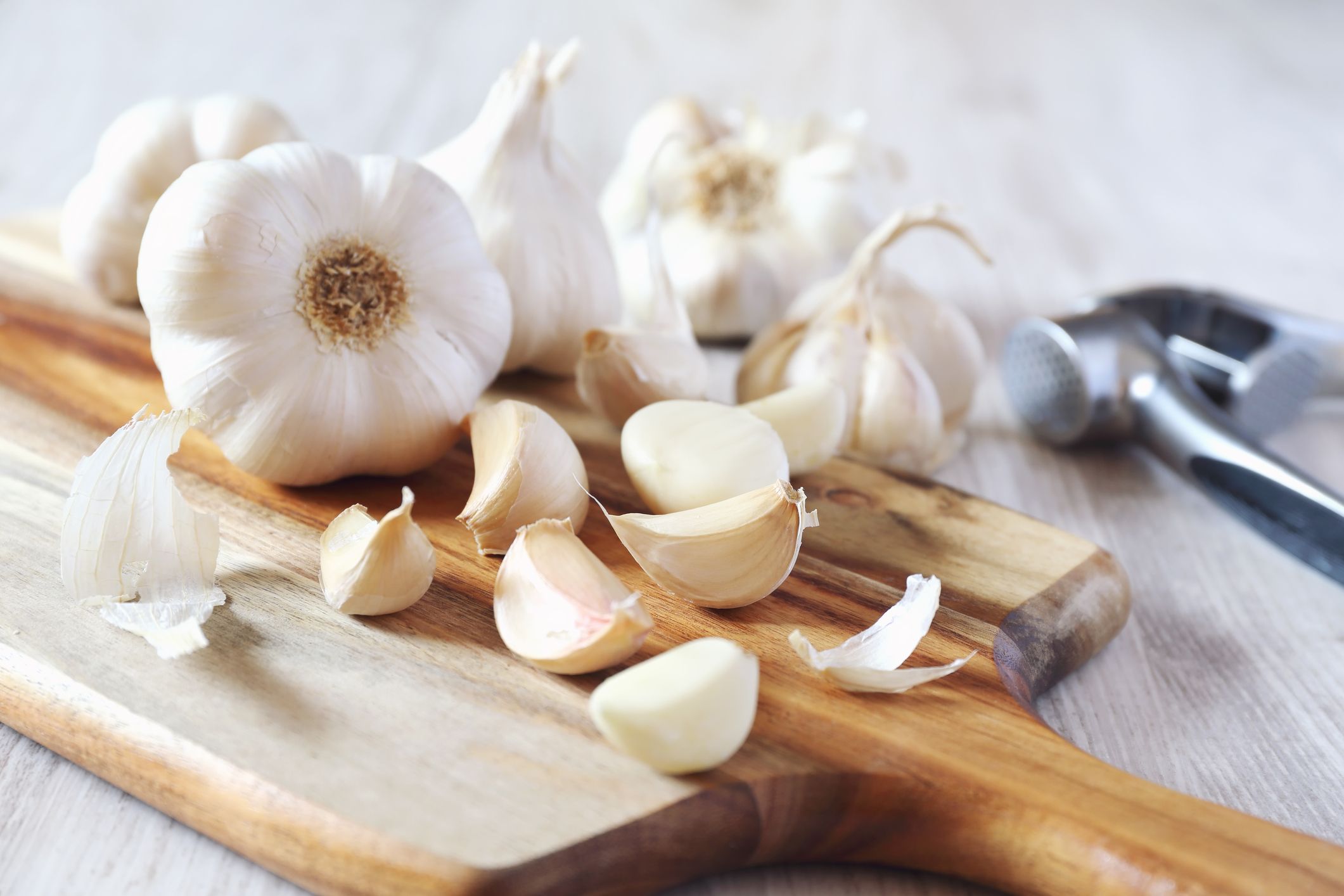
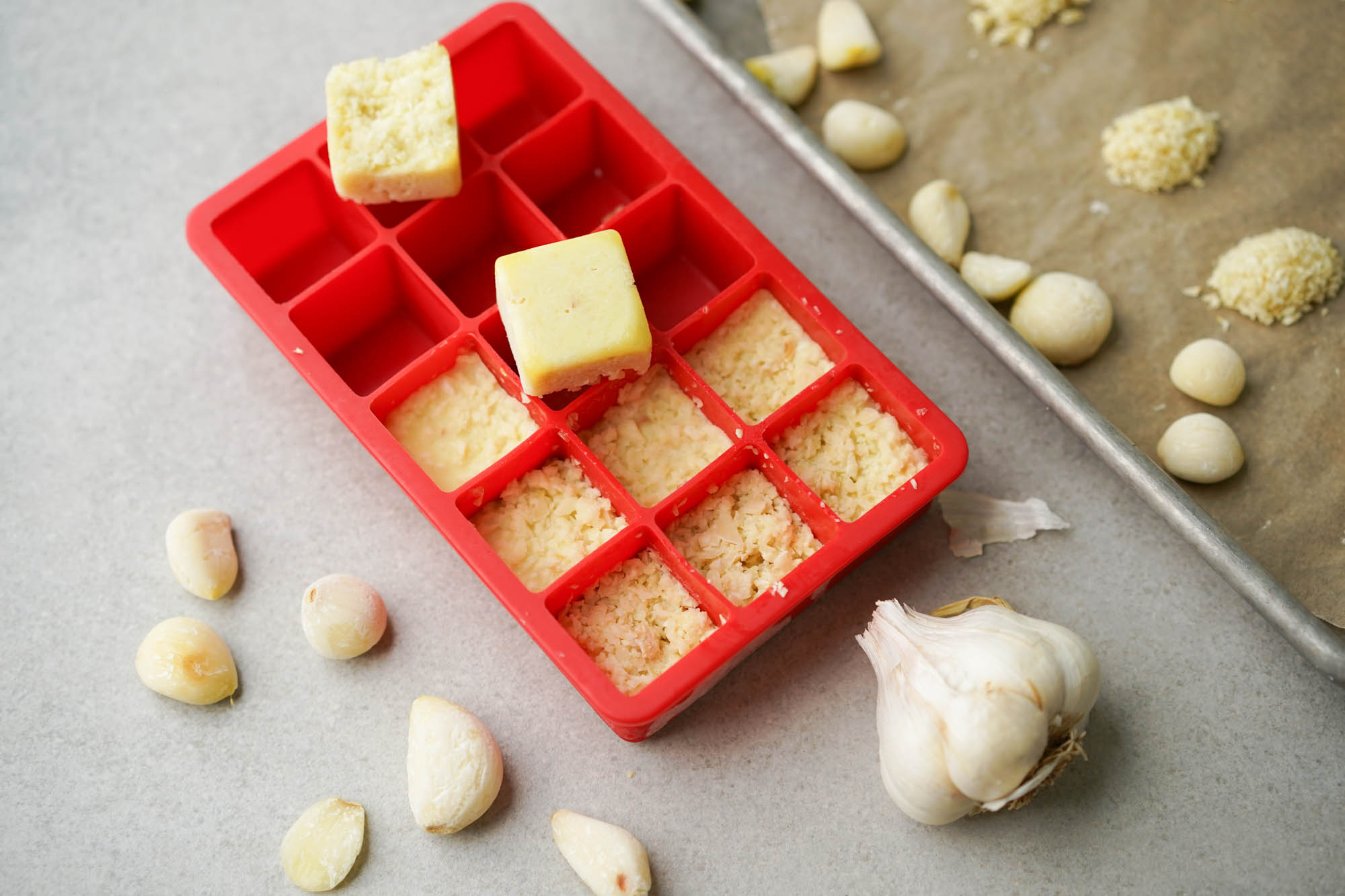
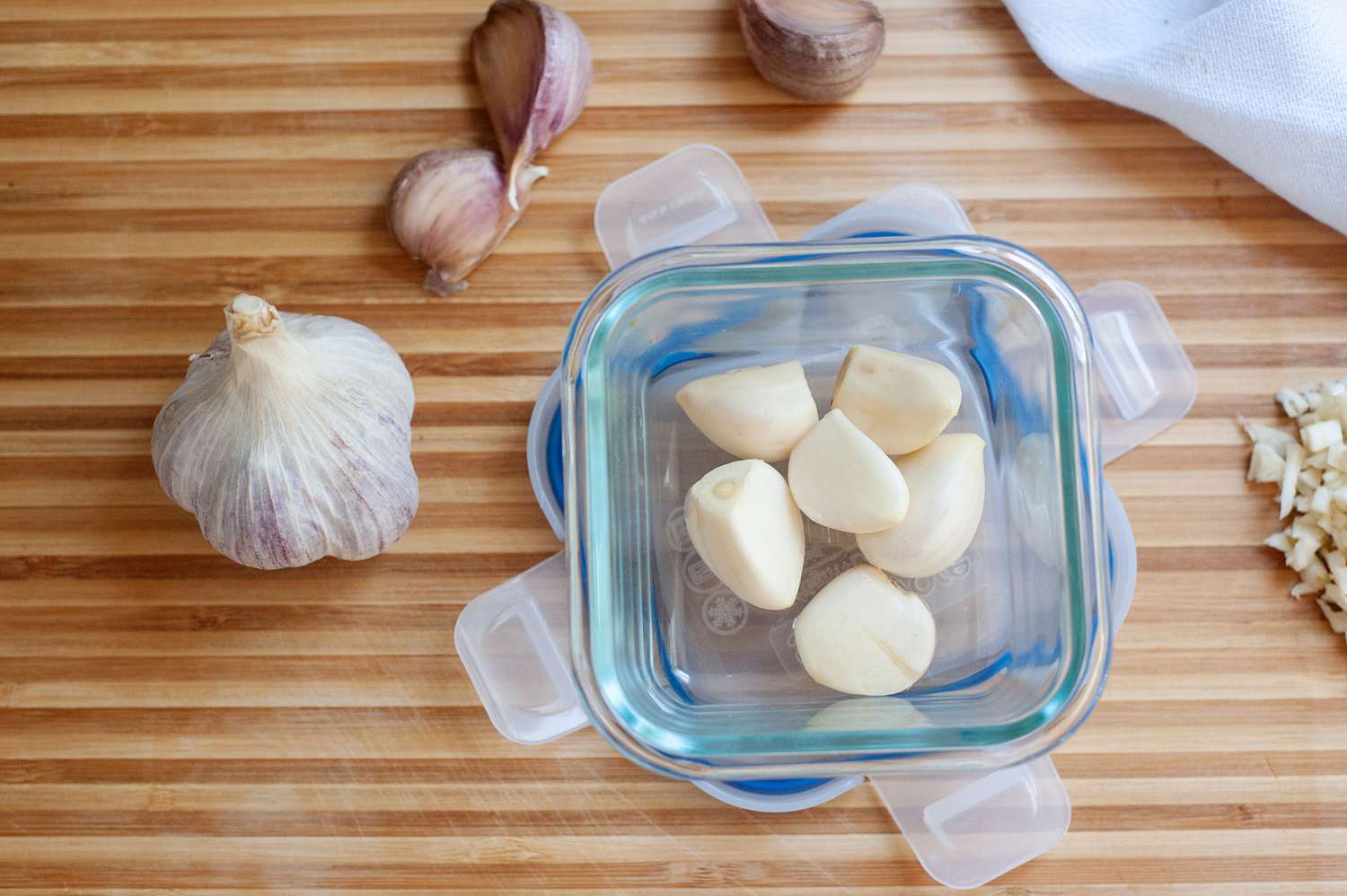
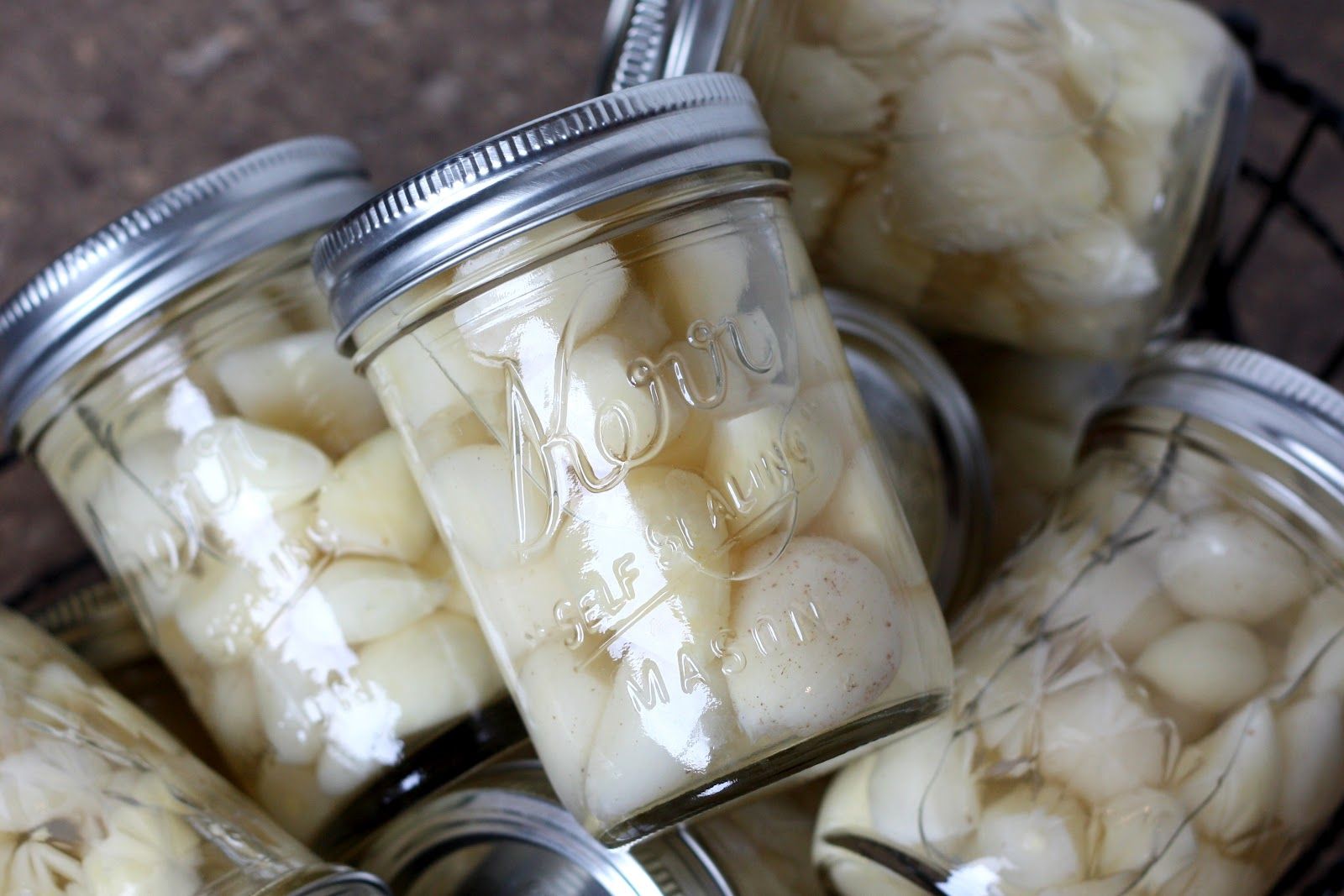
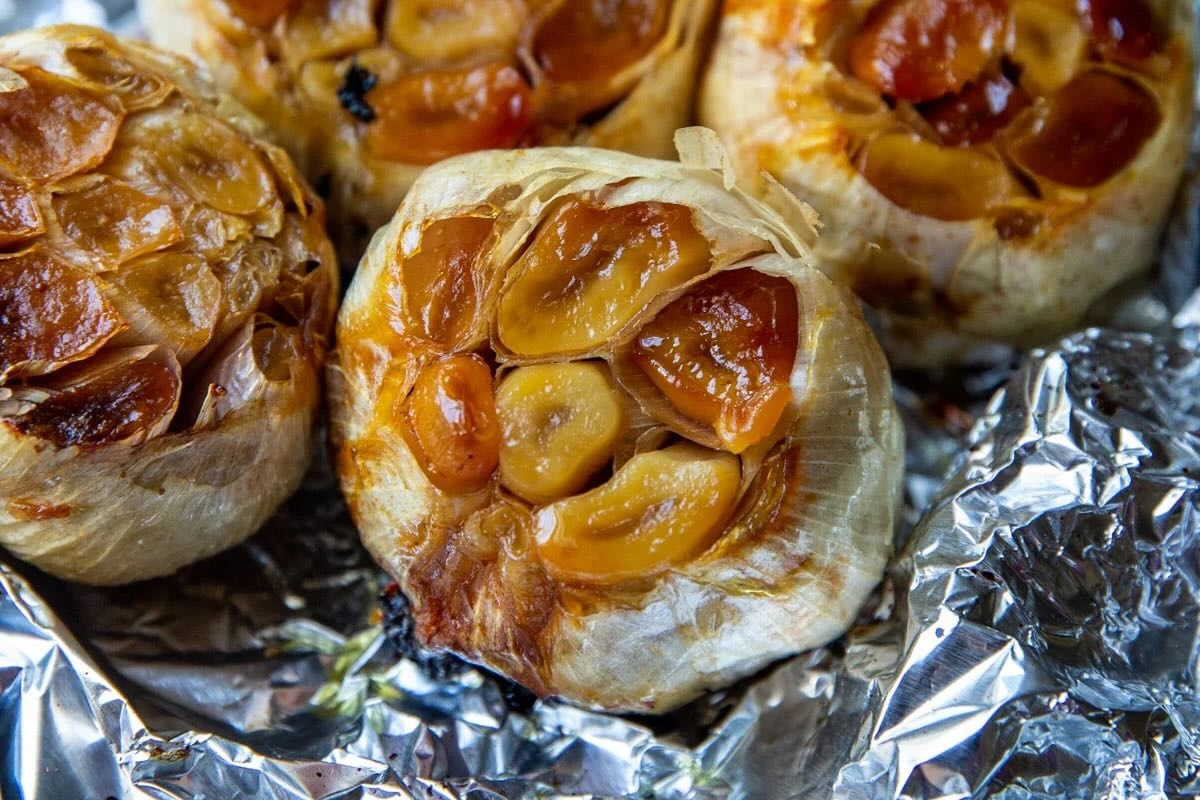
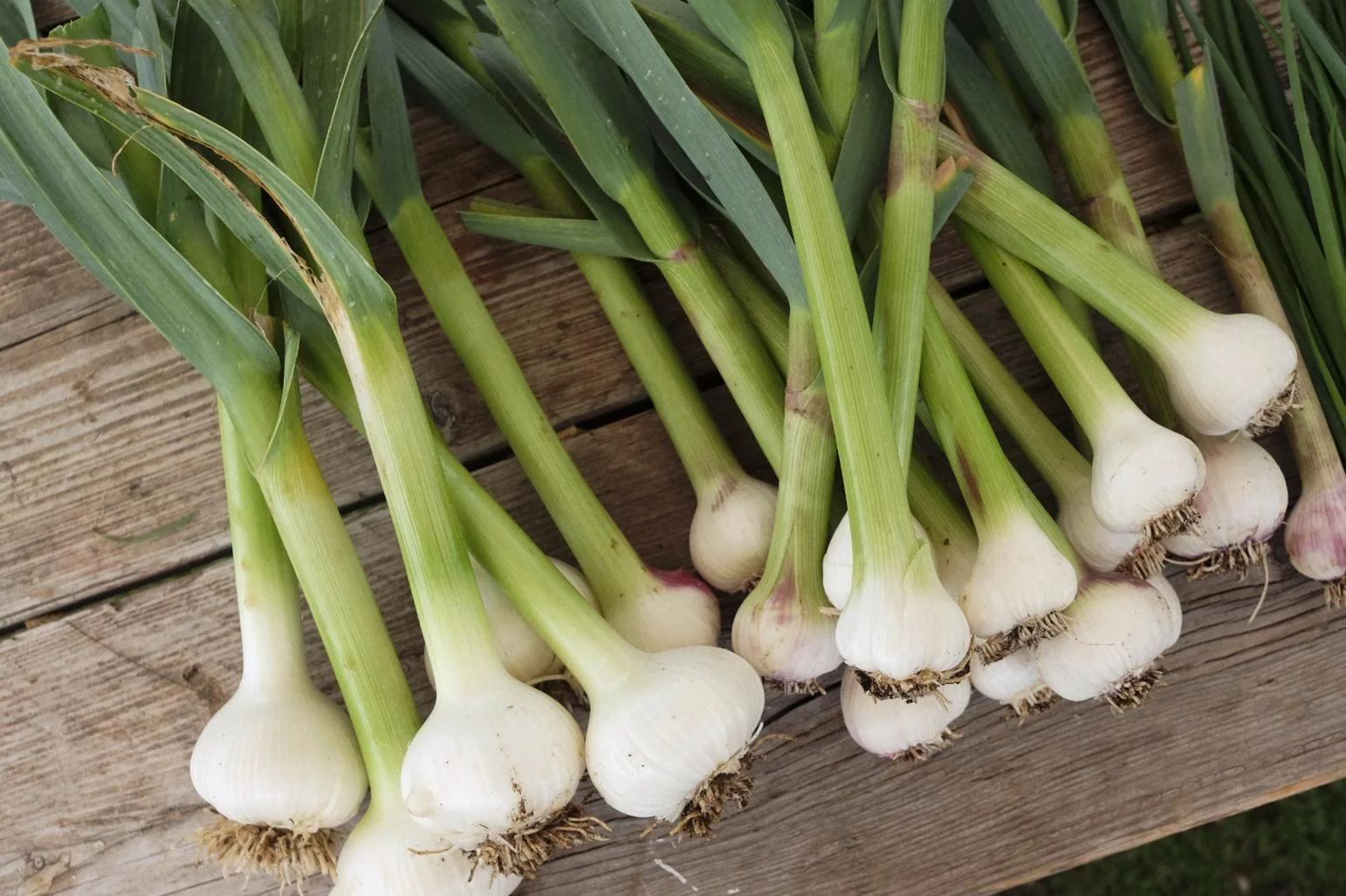
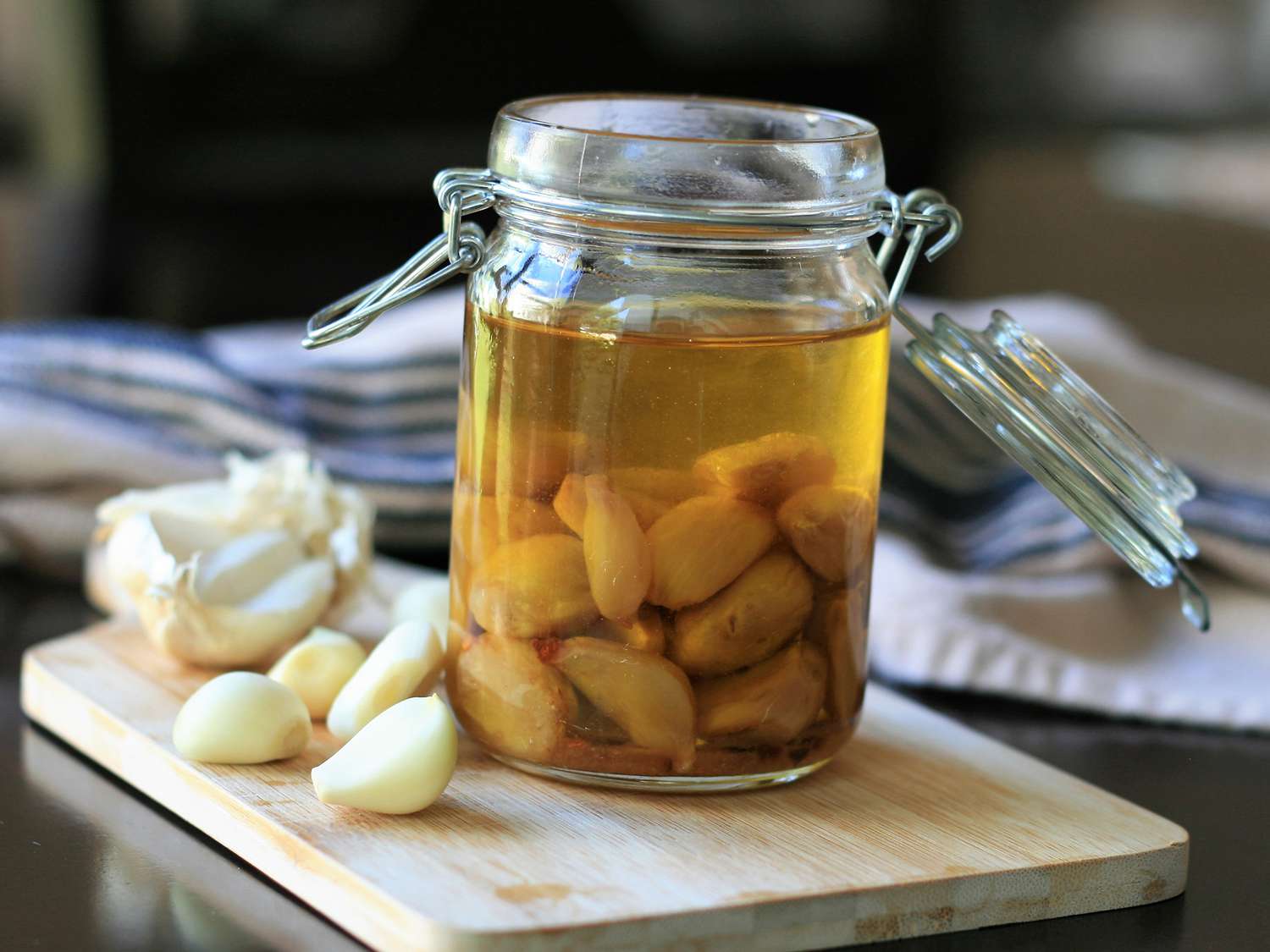
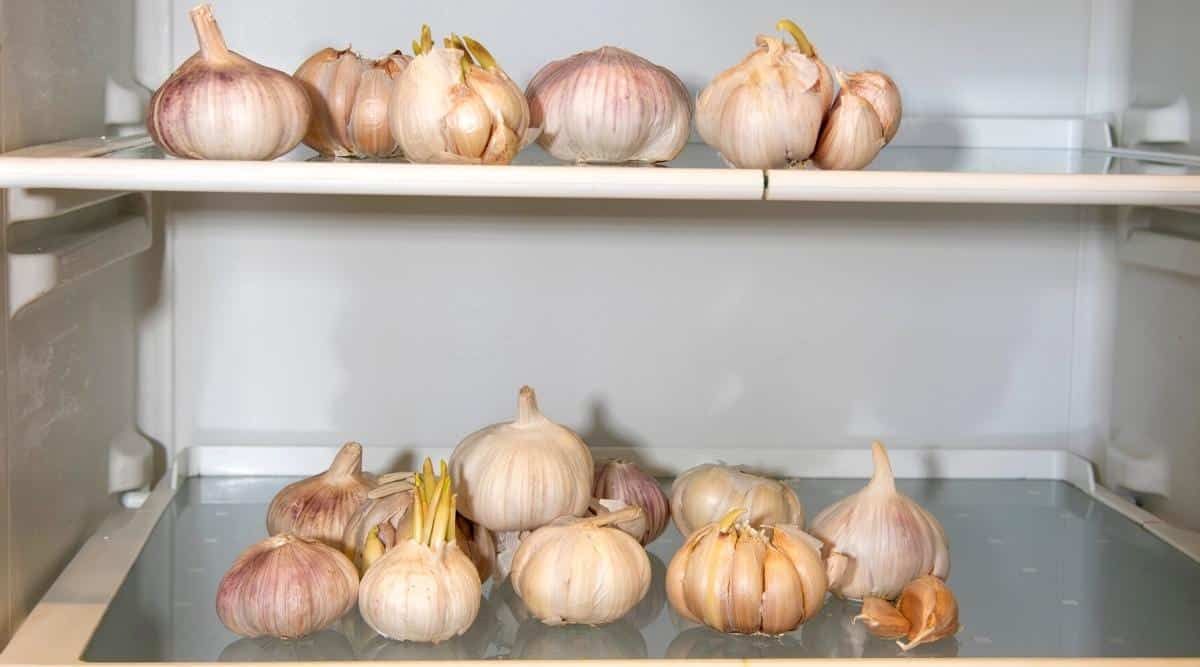
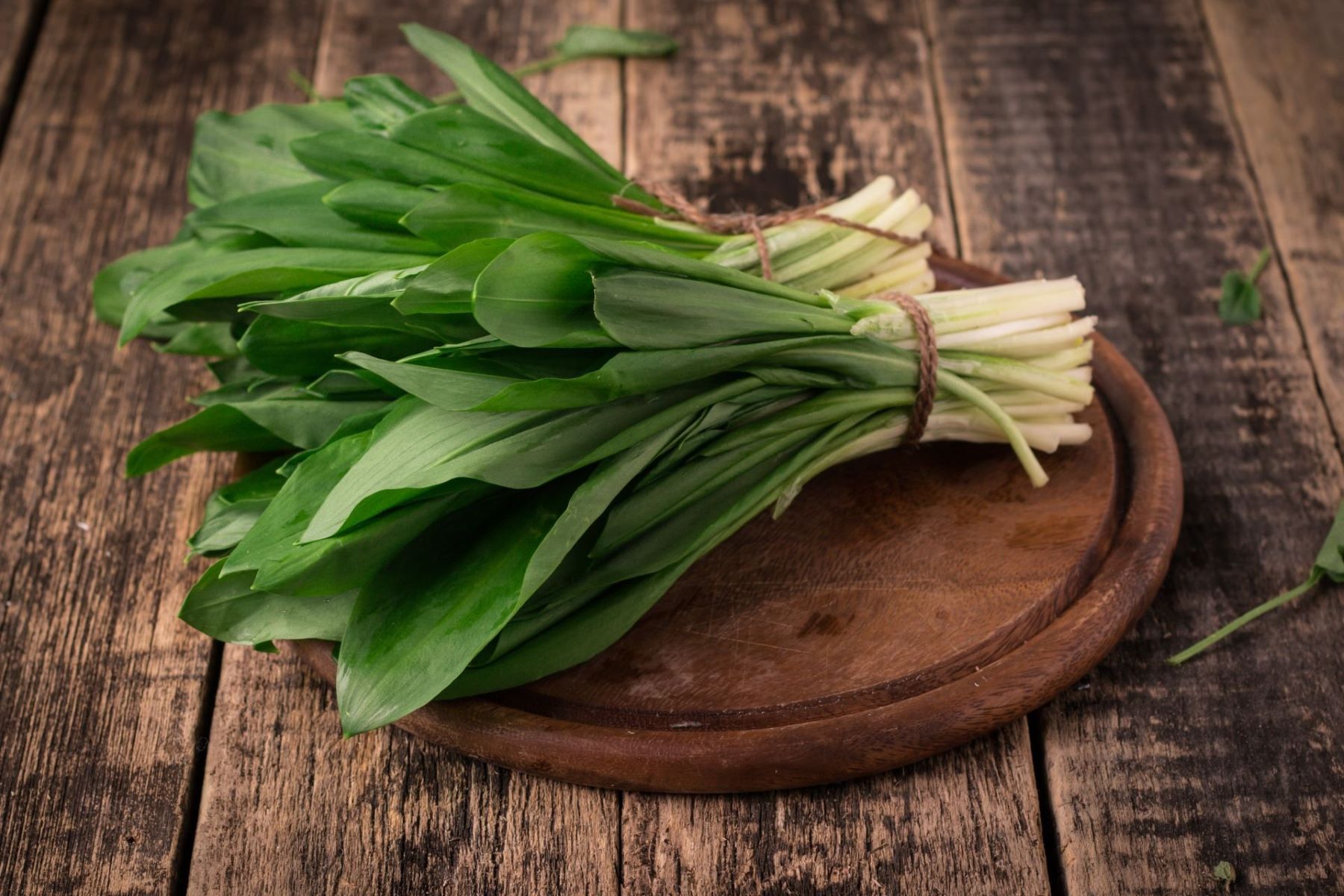

0 thoughts on “How To Store Garlic Bulbs”